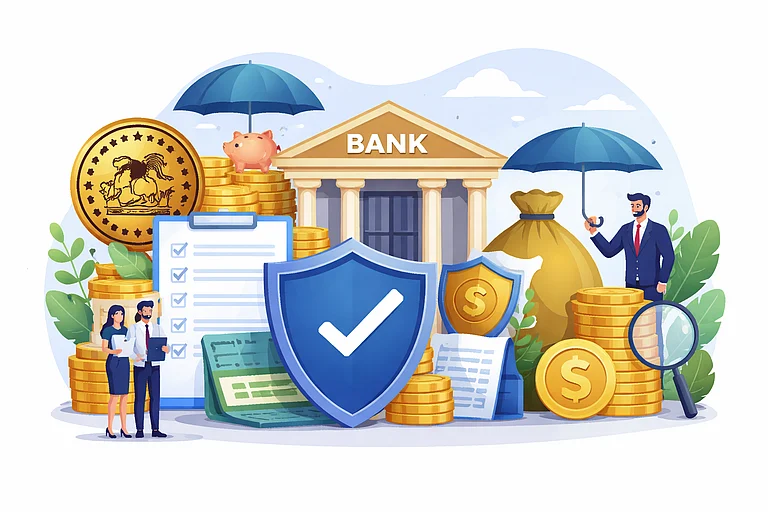Equity has got the bragging rights for being the best performing asset class in 11 out of the last 20 calendar years since 2002. Other asset classes like debt and gold were the best in one year and eight years, respectively, according to an analysis by HDFC asset management company (AMC).
The highest returns which equities gave in a single calendar year was 78 per cent in 2009. The lowest return delivered by equities was in 2008 at negative 51 per cent. In comparison, debt asset classes gave the highest returns of 11-12 per cent multiple times, but they pale in comparison to higher returns in equities, the analysis says.
That said, in 2015, equities gave a negative return (-3 per cent) and gold, too, gave negative returns (-8 per cent), and debt emerged as the best performing asset class by giving 9 per cent return.
Sandeep Singhi, assistant vice president, HDFC AMC, says that asset correlation is a measure of how asset classes move in relation to one another over a period of time. Correlation coefficient can range from -1 to +1.
“When assets move in the same direction at the same time, they are considered to be positively correlated. When one asset tends to move up, then another goes down. The two assets are considered to be negatively correlated. Low/negative correlation between these asset classes creates a strong case for diversification,” Singhi says.
According to Singhi, historical returns tend to bias investors towards asset classes that have performed well recently. Apart from this, recency bias could very well result in investors chasing momentum and picking an asset class at an inopportune time.
Singhi adds that equity returns are relatively more volatile vis-à-vis debt and gold, and that different asset classes perform differently across different economic cycles. So, hybrid strategies being less volatile than pure equity funds may help reduce nervousness among investors. Hybrid strategies offer solutions for conservative to aggressive investors.
How Does Hybrid Schemes Have Low Volatility?
According to the HDFC AMC analysis, hybrid mutual funds have low volatility than their pure equity counterparts.
A popular calculation which market participants use for measuring the underlying volatility is standard deviation. If prices vary in a narrow range, then standard deviation will have a low value, which means
low volatility. Alternatively, if prices vary in a large range, then standard deviation will have a high value, which means high volatility.
It is also interesting to note that the NIfty 50 index, which is a pure equity index consisting of 50 stocks, had a higher standard deviation than all the other index. The Nifty 50 hybrid composite debt 15:85 index had the lowest standard deviation among all the index.













